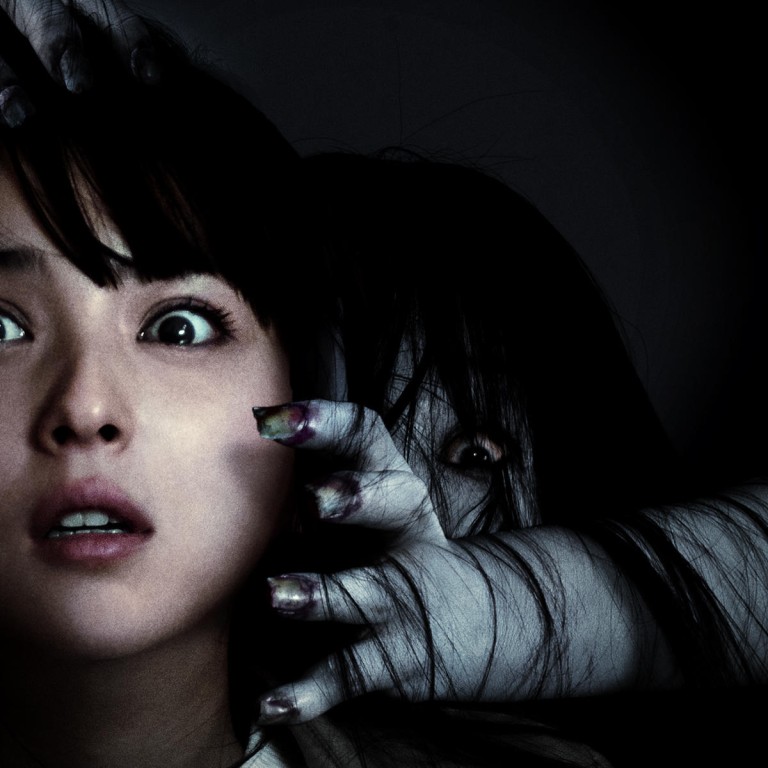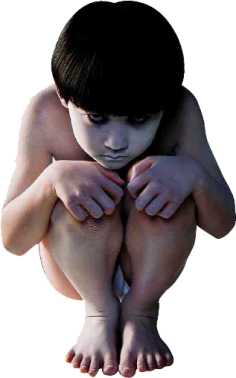
Japanese movies have a legacy of terrifyingly vengeful female ghosts
When it comes to nursing a grudge, female spirits have the killing edge, as the Ju-on films have proved time and again
The Japanese have male ghosts and benign spectres too, but the memorable ones - as far as J-horror movies go, anyway - are female and hell-bent on revenge.
Many of these vengeful spirits have been inspired by Oiwa, the tragic heroine of Tsuruya Nanboku IV's 1825 kabuki play (loosely translating as ) whose samurai husband wants to marry up and so has to get rid of his loyal wife.
The method he chooses - poisoning Oiwa and dumping her body in a river - horribly disfigures the poor woman and leaves her with an implacable rage against her husband. Her spirit - with its long hair and horrifically melted face - harries him to his doom.

Filmed again and again, most notably by Nobuo Nakagawa in his 1959 masterpiece , Oiwa's tale has served as a template for many contemporary Japanese horror films, including the 12 billion yen box office hit that started the J-horror boom: Hideo Nakata's 1998 (or ).
The long-lived series also features a vengeful female ghost. The genius of 42-year-old director Takashi Shimizu is to remove her from the realm of the pre-modern - when supernatural payback was one of the few (if fanciful) ways women could exercise power - and place her in contemporary Japan, into an average house in an average Tokyo suburb.
Another brilliant stroke: giving the ghost, Kayako Saeki, a son - the white-faced, kohl-eyed Toshio - as well as a murderous husband, Takeo, who kills her and Toshio out of insane jealousy for becoming too friendly with the boy's teacher. Toshio, with his staring eyes and blankly menacing expression, pops up in unexpected places and times, scaring the wits out of the audience, and has been a big factor in the series' success.
Shimizu's inspired innovations include expanding the ghosts' ("grudge") beyond the Saeki family circle into the outside world, like a fatal infection, while playing with the chronology to keep the audience queasily off balance.
The kernel of the series is (literally, ), a three-minute short Shimizu made while he was a student at the Film School of Tokyo. After graduation, one of his teachers, horror-meister Kiyoshi Kurosawa ( ; ), asked Shimizu to expand the short work into episodes for a 1998 Kansai Television horror omnibus, ().

The young filmmaker went on to film two, for a reported total director's fee of 50,000 yen (about HK$3,500 today).
It’s inevitable that you will shriek when a haggard-looking and beady-eyed Kayako is crawling up the stairs after you. Or when Toshio suddenly appears eyeball to dead eyeball with you
Another of Shimizu's mentors, scriptwriter Hiroshi Takahashi, introduced the film school graduate to producer Takashige Ichise, who hired him to make two straight-to-video titles. and , based on the world he had conjured in the television films, were released in 1999.
After directing his first theatrical feature, horror work , in 2001, Shimizu reworked (not, as it is often mistakenly assumed, remade) his two stories into his second and third theatrical films, (2002) and (2003).
The worldwide success of the two films led to Hollywood's (2004) and (2006), both directed by Shimizu. However, he did not helm the third instalment, (2009), a box office disappointment.
Back in Japan, Shimizu supervised the production of two more series entries: Ryuta Miyake's and Mari Asato's , which were released together in 2009. They did not hit the box office heights of the first and second films, either.

After more than a decade of living with the series and its spooks, Shimizu decided he had enough - and the seventh film in the Japanese series, this year's , did not have his name on the credits, a first for a series entry. (Shimizu's sole 2014 directorial outing is the live-action version of - best known to film fans as Hayao Miyazaki's 1989 anime classic.)
With J-horror veteran Masayuki Ochiai at the helm and also as the co-scriptwriter (along with series producer Ichise), this latest incorporates many familiar tropes, and again features the haunted house in Nerima.
Think of as the seventh circuit of the same haunted house ride. If it's your first, you may feel your hair stand up when the door clicks shut, moved by an unseen hand. But if it's your seventh, you may well get a sense of déjà vu.
Still, Ochiai, who has been working almost exclusively in the horror genre since the early 1990s, knows how to set up and spring his scares, with clicking and rumbling sound effects that are like demonic wake-up calls, telling you - but not the unsuspecting visitor to the Saeki manse - that Something Bad is about to happen.
The house is dilapidated: no one has swept the trash-strewn rooms or replaced the crumbling masking tape on the sliding-doors since that fatal day long ago. (Don't ask what that tape is doing there.) Its very ordinariness - with the sort of chintzy glass chandelier, faux-posh winding staircase, and traditional tatami rooms found in thousands of middle-class homes across Japan - somehow makes its creepiness all the more scary.

It's a triumph of cheap but effective set design.
One fresh element this time around is a gung-ho new teacher (played by Nozomi Sasaki) who decides to pay a call on a long-missing student, Toshio. Another is a quartet of high school girls who have heard strange rumours about the empty residence and decide to investigate, to their eternal regret. Still other victims appear in a by-now very long line.
Sasaki, a model turned actress who is omnipresent on TV variety shows and commercials in Japan, delivers good screams as the dedicated, if oblivious, teacher. But then - be it the first or seventh time that you encounter her - it's inevitable that you will shriek when a haggard-looking and beady-eyed Kayako is crawling up the stairs after you. Or when Toshio suddenly appears eyeball to dead eyeball with you out of nowhere.
His name may not be on the film credits, but Shimizu's creations continue to scare 15 years after his first two theatrical features made their mark on J-horror.
Ju-on: The Beginning of the End
